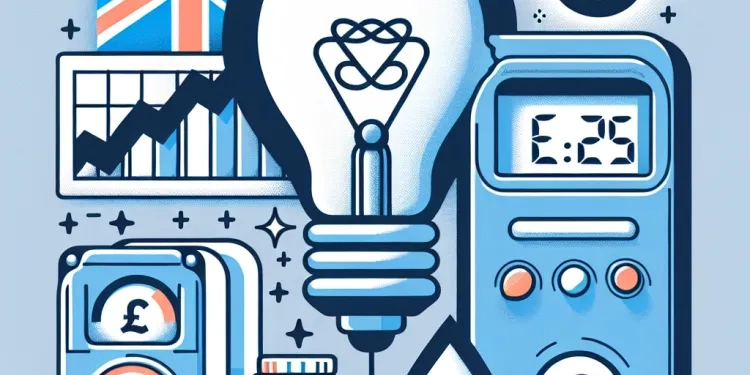
Find Help
More Items From Ergsy search
-

How does the energy price cap affect my energy bills?
Relevance: 100%
-

Does the energy price cap guarantee my total bill?
Relevance: 97%
-

What is the energy price cap?
Relevance: 95%
-

What is the Energy Price Cap in the UK?
Relevance: 93%
-
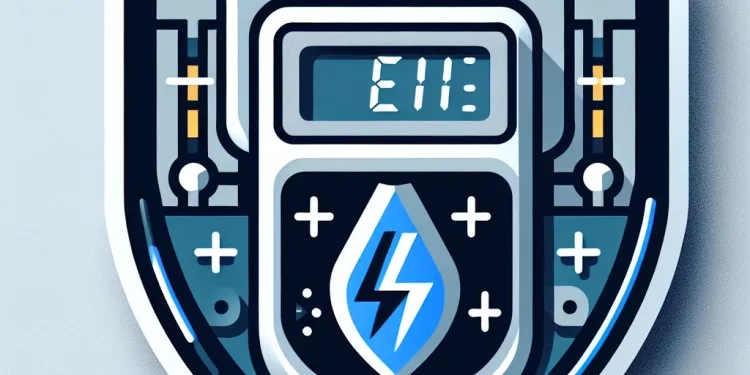
Does the energy price cap apply to all energy tariffs?
Relevance: 88%
-
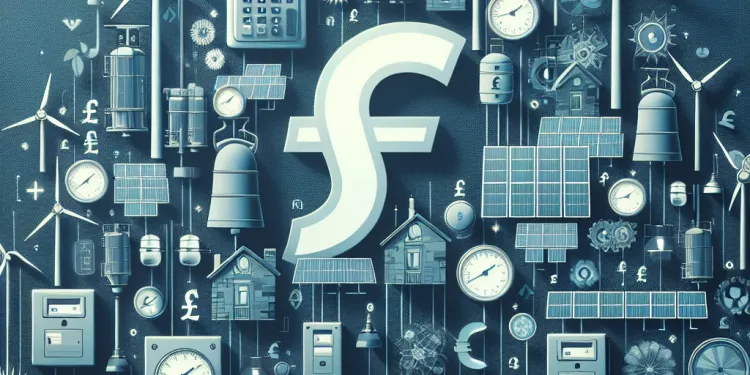
How is the energy price cap calculated?
Relevance: 88%
-

When was the energy price cap introduced?
Relevance: 87%
-

Can the energy price cap go down as well as up?
Relevance: 87%
-

Is the energy price cap the same for everyone?
Relevance: 86%
-
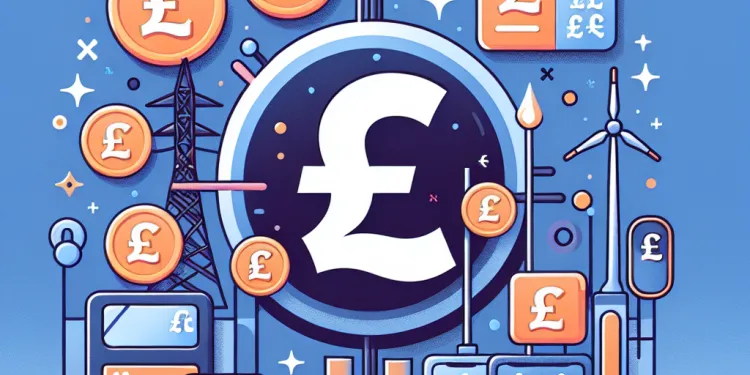
Why was the energy price cap introduced?
Relevance: 86%
-
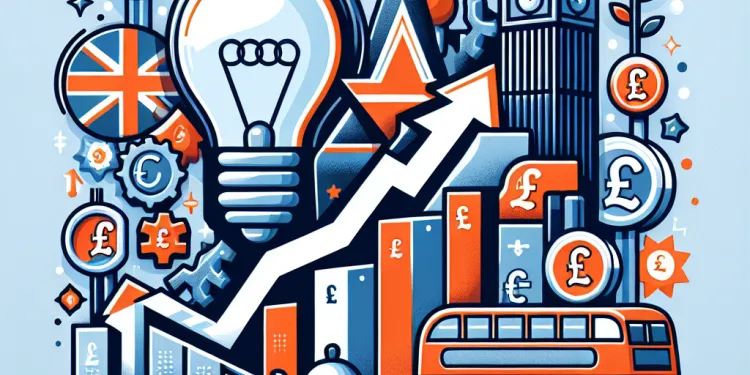
Is the energy price cap being reviewed due to market changes?
Relevance: 85%
-
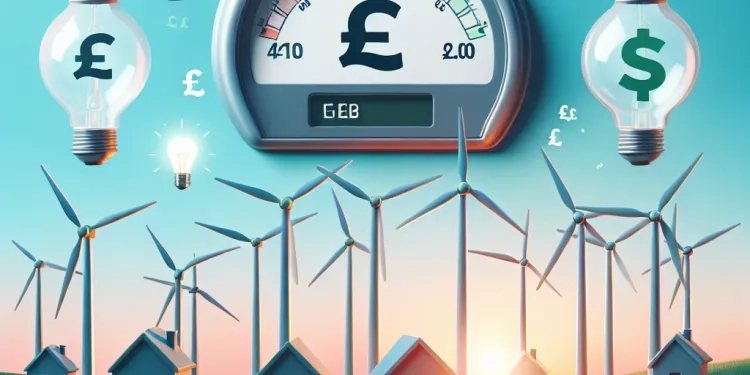
How often is the energy price cap reviewed?
Relevance: 84%
-

Does the energy price cap apply to prepayment meters?
Relevance: 83%
-

What factors influence changes to the energy price cap?
Relevance: 81%
-
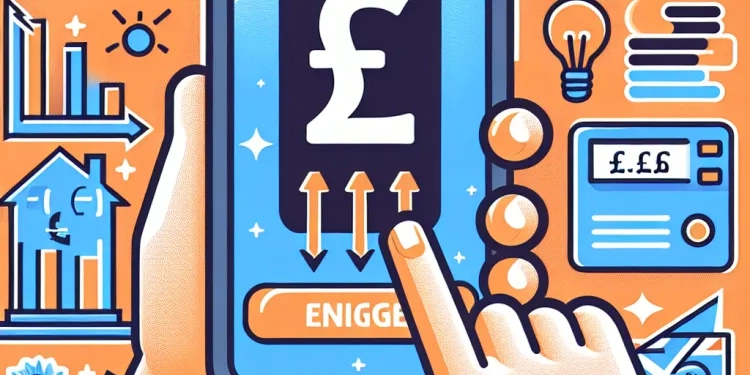
What happens if my energy supplier charges above the price cap?
Relevance: 80%
-

How does the energy price cap affect green energy tariffs?
Relevance: 80%
-
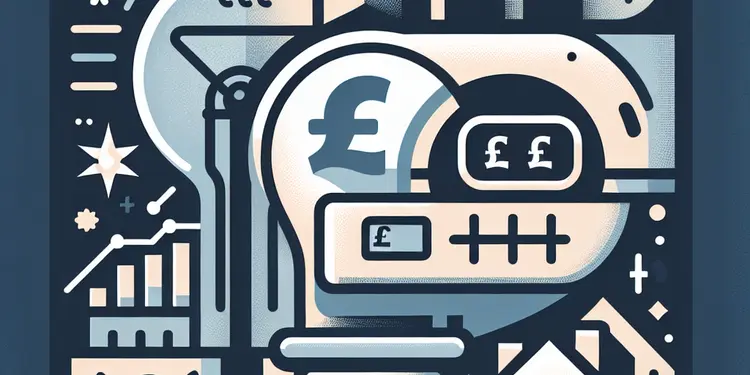
Are energy prices regulated in the UK?
Relevance: 79%
-

Where can I find more information about the energy price cap?
Relevance: 79%
-

Can energy suppliers charge less than the price cap?
Relevance: 79%
-
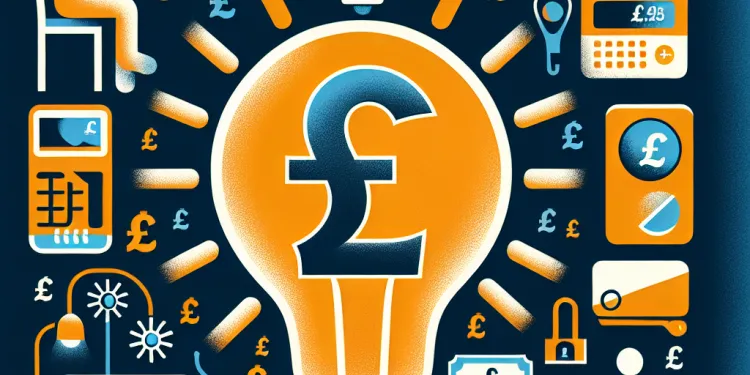
Energy Prices Set to Rise: How to Keep Your Bills Down
Relevance: 67%
-

Who sets the energy price cap?
Relevance: 64%
-

UK Government Announces New Energy Bill Support Amid Rising Costs
Relevance: 63%
-

Impact of Rising Energy Prices on Household Budgets
Relevance: 62%
-
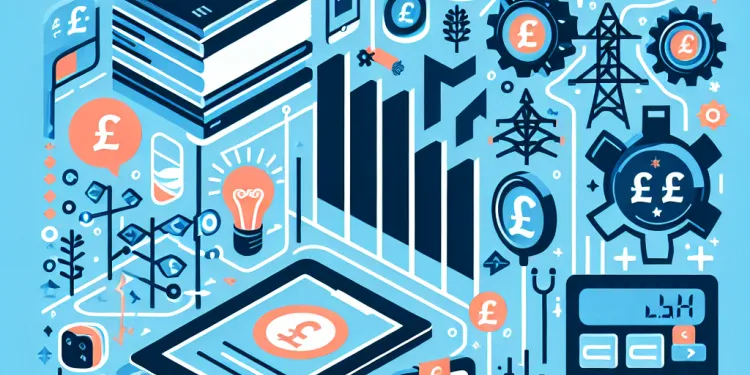
What should I do if my energy bill is unexpectedly high?
Relevance: 62%
-
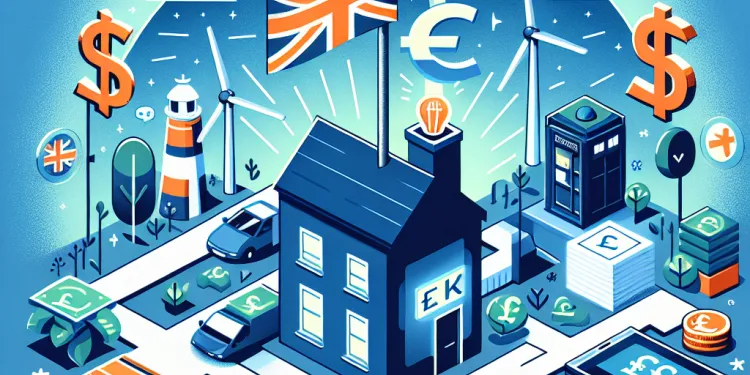
Can I still save money by switching suppliers if the price cap is in place?
Relevance: 61%
-
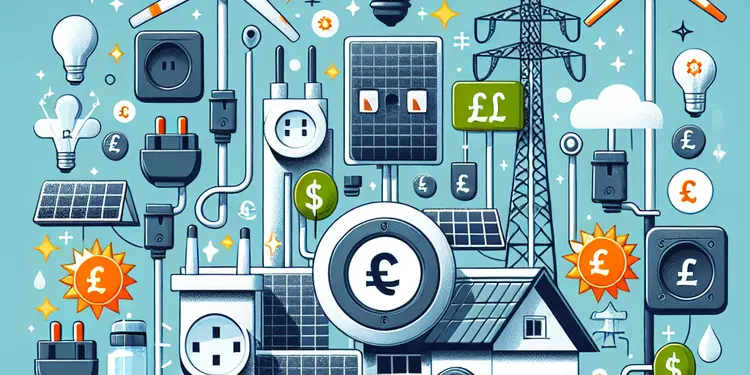
How often do energy companies review their electricity prices?
Relevance: 61%
-
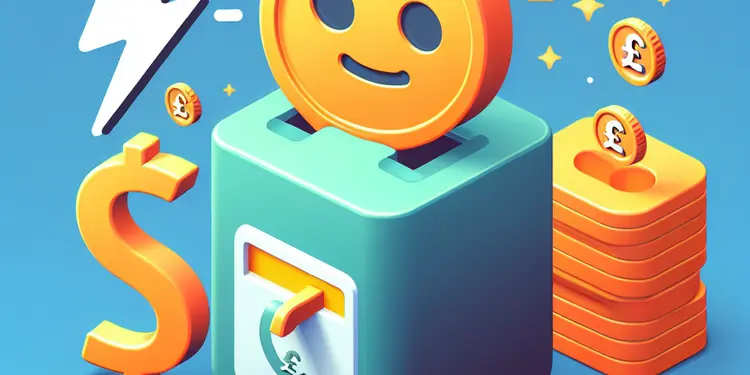
Do energy suppliers offer discounts on electricity prices?
Relevance: 59%
-
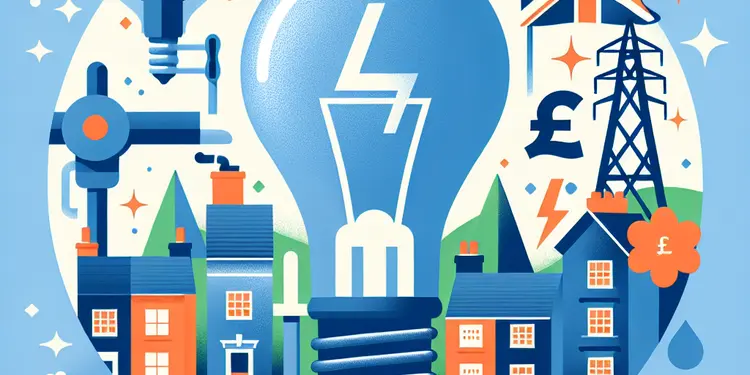
What factors influence the difference in electricity prices among UK energy companies?
Relevance: 58%
-
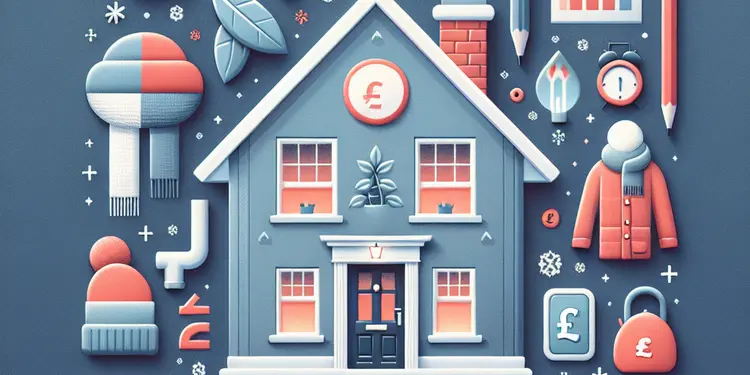
Can seniors receive help with their energy bills?
Relevance: 57%
-
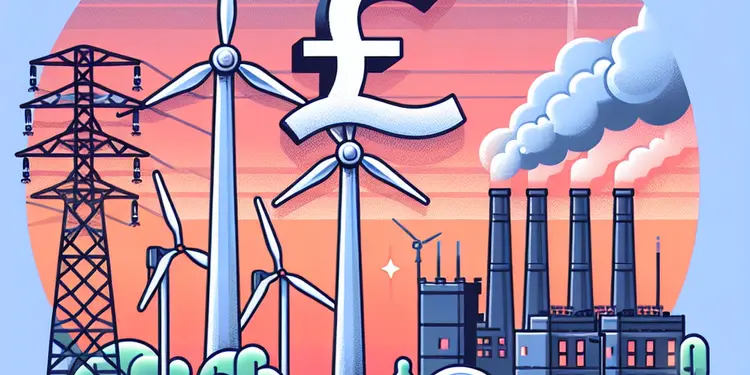
Do all UK energy companies cahrge the same for electricity
Relevance: 57%
-

Impact of Rising Energy Costs on Family Budgets
Relevance: 54%
-
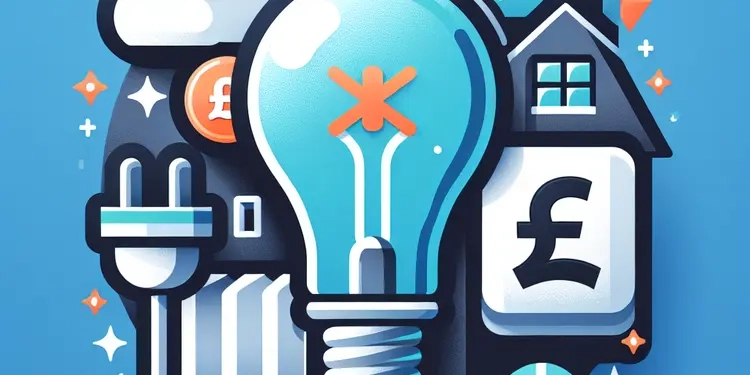
Do all UK energy companies charge the same for electricity?
Relevance: 53%
-
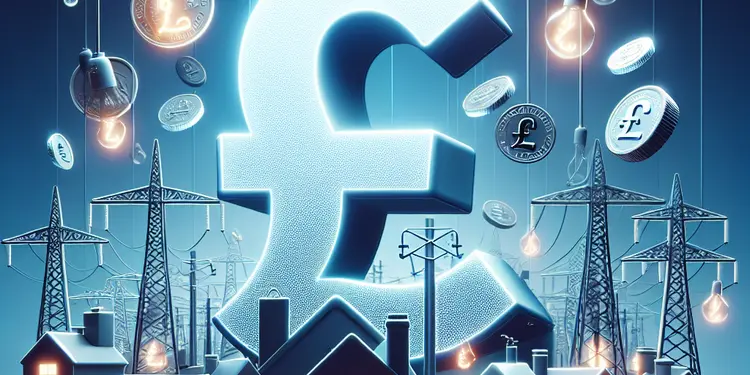
Why do energy companies charge different rates for their electricity?
Relevance: 47%
-
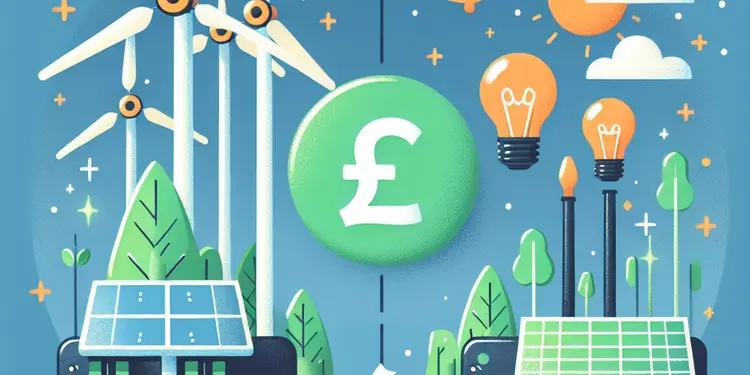
Are green energy tariffs more expensive than standard tariffs?
Relevance: 45%
-

What is the Octopus Energy Ofgem Compensation?
Relevance: 44%
-

Do electricity tariffs vary within the same energy company?
Relevance: 43%
-
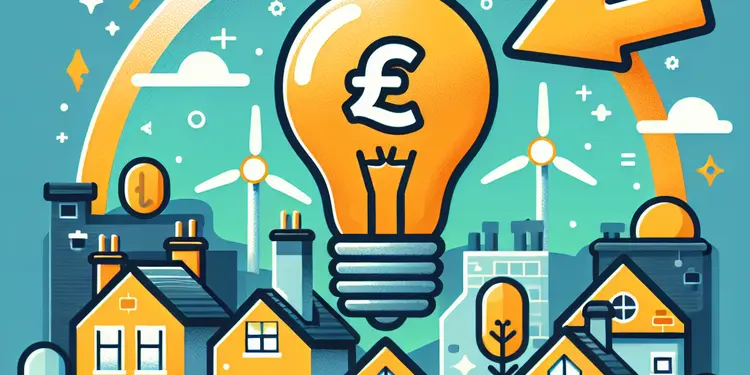
Can I switch to a cheaper energy company if my rates are high?
Relevance: 43%
-
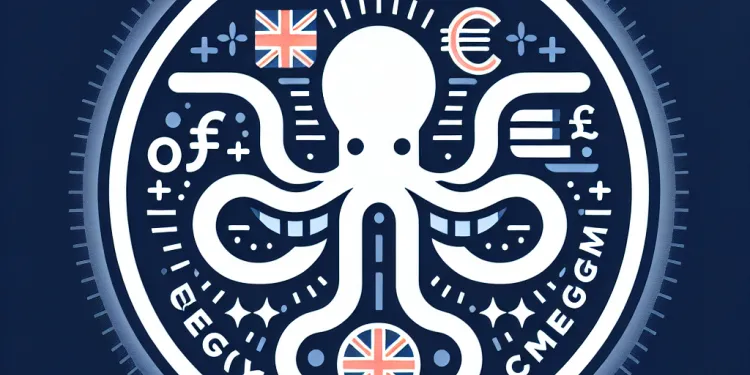
What is Ofgem Compensation related to Octopus Energy?
Relevance: 42%
-
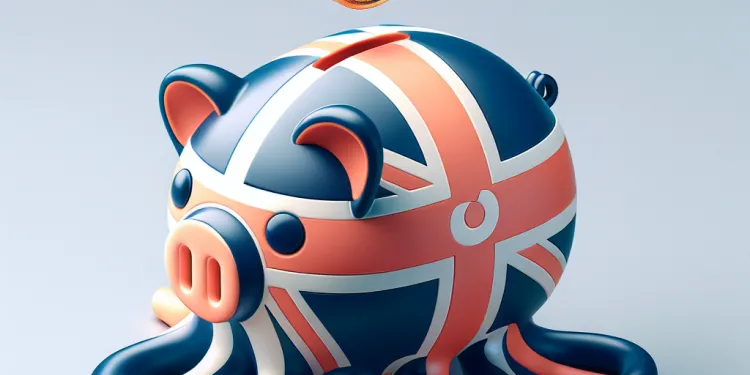
How is Ofgem compensation from Octopus Energy typically paid out?
Relevance: 41%
-
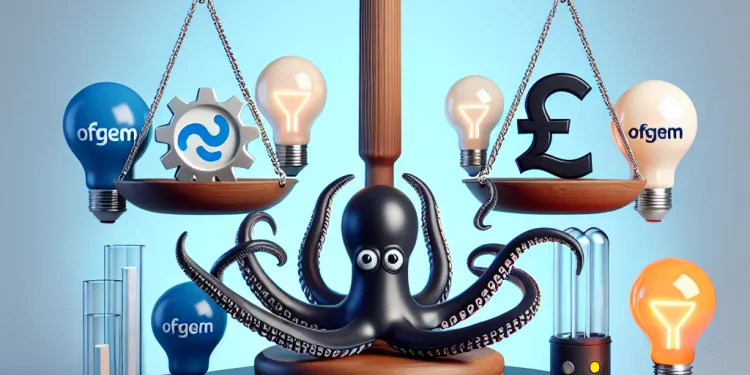
What is the role of Ofgem in determining compensation for Octopus Energy customers?
Relevance: 41%
Understanding the Energy Price Cap
The energy price cap is a regulation set by Ofgem, the UK’s energy regulator. It is designed to protect consumers by setting a maximum amount that energy suppliers can charge for a unit of gas or electricity. The cap applies to default energy tariffs, which include standard variable tariffs where customers have not chosen a fixed-term deal. It aims to ensure fair pricing based on current wholesale energy costs.
Impact on Energy Bills
The energy price cap directly impacts how much you pay for electricity and gas if you are on a default tariff. It limits the unit price and daily standing charge that suppliers can charge. However, it doesn't cap your total bill, which depends on how much energy you consume. Therefore, your energy usage plays a critical role in forming your overall bill.
When the price cap is lowered, customers paying in line with the cap could see their energy bills decrease, providing some financial relief. Conversely, if the cap rises, bills can increase if energy consumption remains constant. The cap is reviewed twice a year, and changes reflect movement in wholesale energy costs, network charges, and policy costs.
Fixed Tariffs vs. Price-Capped Tariffs
While the price cap affects default tariffs, it does not impact fixed-rate tariffs directly. Customers on fixed-term tariffs have agreed to a set price per unit of energy for a specific period, usually one to two years. These tariffs might initially offer protection against price cap increases. However, if the market price drops below the fixed rate, those customers could end up paying more than those on a capped tariff.
Considerations and Actions
Consumers affected by the energy price cap should consider monitoring the market for more competitively priced tariffs. Even with the cap, finding a fixed deal might provide stability against fluctuating prices. However, it's crucial to check any exit fees associated with leaving current plans before switching.
It's also beneficial to focus on energy efficiency at home, reducing energy consumption through measures like improved insulation, smart thermostats, and energy-efficient appliances. Government schemes or grants might be available for making such improvements, which can contribute to lower overall energy bills.
Long-term Implications
The price cap’s primary goal is ensuring energy remains affordable while the market becomes more competitive. In the long term, moving away from fossil fuel dependencies and shifting towards renewable energy sources might affect how energy pricing is structured. Consumer awareness and collaborative efforts between government, suppliers, and consumers are crucial for sustainable energy pricing.
Understanding the Energy Price Cap
The energy price cap is a rule made by Ofgem, which is the UK’s energy boss. It helps keep things fair by stopping energy companies from charging too much for gas and electricity. This cap is for people who have not chosen a special energy deal. It tries to make sure prices are fair, based on how much energy costs right now.
Impact on Energy Bills
The energy price cap affects how much you pay if you haven’t picked a special deal. It limits how much companies can charge you for each unit of gas or electricity. But remember, it does not limit your whole bill; your total cost depends on how much energy you use. So, using less energy can help lower your bill.
If the cap goes down, you might pay less and save money. But if the cap goes up, your bill could be higher if you use the same amount of energy. The cap is checked twice a year and changes based on energy costs and other factors.
Fixed Tariffs vs. Price-Capped Tariffs
The price cap changes things only for people on basic tariffs, not fixed-rate tariffs. If you have a fixed-term plan, you pay a set price for each unit of energy for a certain time, usually one or two years. This can protect you if prices go up. But if prices go down, you might pay more than those on a capped tariff.
Considerations and Actions
If you are on a capped tariff, you should check to see if you can find a better deal. Sometimes, fixed deals can be safer if prices change a lot. Before you switch plans, see if there’s a fee to leave your current plan.
Try to save energy at home. Use less energy by making your home better insulated or using smart thermostats. This can save you money. There might be government help to improve your home and make it more energy-efficient.
Long-term Implications
The price cap tries to keep energy affordable and make the market fairer. In the future, using less fossil fuel and more renewable energy could change how energy prices work. It’s important for everyone, like the government, energy companies, and people, to work together for fair and sustainable energy prices.
Frequently Asked Questions
What is the energy price cap?
The energy price cap is a limit set by the government on the maximum amount energy suppliers can charge consumers for standard variable tariffs.
How does the energy price cap affect my energy bills?
The energy price cap limits the amount you can be charged per unit of energy, which can help protect you from rapid increases in energy prices.
Who sets the energy price cap?
The energy price cap is set by the energy regulator, Ofgem, based on analysis of market conditions.
Does the price cap mean my bills can't increase?
No, the price cap does not mean your bills can't increase. It's a cap on rates, not a cap on total bills. Your total bill depends on how much energy you use.
How often is the energy price cap reviewed?
The energy price cap is typically reviewed every six months, though the schedule may vary.
Will I benefit from the price cap if I'm on a fixed tariff?
No, the price cap only applies to standard variable and default tariffs, not fixed-term tariffs.
Why does the energy price cap exist?
The cap exists to protect consumers from excessively high energy prices and to ensure fair pricing in the market.
Can energy suppliers charge less than the cap?
Yes, energy suppliers can charge less than the cap, and consumers are encouraged to shop around for better deals.
What costs does the price cap cover?
The price cap covers all the costs that are included in your energy bill, including wholesale costs, network costs, and operational costs.
Does the price cap affect green energy tariffs?
Green tariffs can be subject to the price cap if they're deemed standard variable tariffs, but many are fixed tariffs and not directly affected by the cap.
How will I know if my tariff is affected by the price cap?
Your energy supplier should inform you if your tariff is a standard variable one and subject to the price cap. You can verify this by checking your contract details.
What happens if suppliers charge more than the cap?
If suppliers charge more than the cap, they are in breach of regulations and may face penalties from Ofgem.
How can the price cap lead to savings on my bill?
By limiting the per-unit cost, the cap can help prevent overcharging and keep your bills lower than they might be in an unregulated market.
Will the energy price cap always be in place?
The future of the price cap will depend on government policy and market conditions. It is currently intended as a protection mechanism.
Is the price cap the same across the UK?
The price cap applies to England, Scotland, and Wales, but there are different arrangements in Northern Ireland.
What should I do if I think I'm overcharged beyond the cap?
You should contact your energy supplier first. If unresolved, you can escalate the matter to the energy ombudsman.
Does the price cap include standing charges?
Yes, the price cap includes standing charges and unit rates for utilities.
How can I find out what the current price cap is?
The current price cap can be found on the Ofgem website or through communications from your energy supplier.
Can I switch suppliers while under a price-capped tariff?
Yes, you can switch suppliers. In many cases, it can save you money compared to remaining on a standard variable tariff.
How does the energy cap impact vulnerable customers?
The cap provides additional protection for vulnerable customers by ensuring reasonable energy prices and preventing unfair practices.
What is the energy price cap?
The energy price cap is a limit on how much money you pay for electricity and gas. It helps to keep energy bills fair for everyone.
Here are some tips to make it easier to understand:
- Look at pictures or videos about energy price caps. This can help you see how it works.
- Ask someone you trust to explain it in their own words.
- Use simple words to talk about the energy price cap. This can help you remember it better.
The energy price cap is a rule made by the government. It stops energy companies from charging too much money. It does this by setting a maximum limit on how much they can charge you for certain types of energy plans.
How does the energy price cap change my energy bills?
The energy price cap is a rule. It stops energy costs from going too high. This helps keep your energy bills lower.
It is a limit on how much you pay for gas and electricity. But you still need to pay for the energy you use.
If energy prices go up, you might still pay more if you use a lot of energy. If you use less energy, your bills will be lower.
To help manage your bills, you can:
- Turn off lights when you do not need them.
- Use less hot water.
- Make sure your home is warm but not too hot.
Ask for help if you find energy bills confusing. You can use tools like picture guides or talk to someone who can explain it to you.
The energy price cap is a rule that stops the cost of each unit of energy from going too high. This rule helps make sure energy prices do not suddenly get very expensive.
Who decides the limit on energy prices?
The energy price cap is a limit on how much people pay for gas and electricity.
Ofgem, the group that checks energy prices, decides this limit. They do this by looking at what is happening with energy prices and supplies.
To understand your energy bill better, you can use tools like energy price comparison websites. You can also ask someone you trust to help explain your bill to you.
Can my bills go up if there is a price cap?
No, the price cap does not stop your bills from going up. The cap is on rates, not on total bills. Your bill depends on the energy you use.
How often do they check the energy price limit?
They look at the energy price limit every few months. It helps decide how much you pay for your energy.
To make reading easier, you can:
- Use a ruler or your finger to follow along.
- Read with a friend or family member.
- Listen to an audio version if available.
- Take breaks if you feel tired.
Every six months, the energy price limit is usually checked. But sometimes, the plan can change.
Will the price cap help me if I have a fixed energy price?
If your energy price is fixed, it means you pay the same amount for a certain time. The price cap is a limit on how much energy companies can charge.
Here is what you need to know:
- The price cap usually helps people with variable plans. This means their prices can change.
- If your fixed price is higher than the cap, you might pay more.
- If your fixed price is lower than the cap, your price will stay the same.
If you're not sure, tools like a calculator can help you compare prices. You can also ask someone you trust to explain it to you.
No, the price cap is only for standard variable and default tariffs. It does not cover fixed-term tariffs.
You can use tools like a dictionary to help understand difficult words. Or ask someone you trust to explain it to you.
Why is there a limit on energy prices?
The cap is like a limit. It keeps energy prices from going too high. This helps make sure that prices stay fair for everyone.
Can energy companies ask for less money than the limit?
Yes, energy companies can charge less than the limit. People should look for the best prices.
You can use websites to compare energy prices and find the best deal.
What does the price cap pay for?
The price cap is a limit on how much energy can cost. It includes all the costs on your energy bill. This means it covers:
- The cost to buy the energy itself
- The cost to get the energy to your home
- The cost to run the energy company
If you need help understanding your energy bill, you can ask someone you trust or use online tools that explain bills in a simple way.
Does the Price Cap Change Green Energy Costs?
This question is asking if the limit on prices changes how much green energy costs. Here is what it means:
- A price cap is a limit to stop prices from getting too high.
- Green energy tariffs are the cost of using energy that is good for the planet, like wind and solar power.
So the question is, does the price cap make green energy cheaper or keep it the same?
If you're finding this tricky, try:
- Asking someone to explain it to you.
- Using pictures or videos to help you understand.
- Breaking it down into small parts and understanding one part at a time.
Green tariffs are prices for using green energy. Sometimes, they can be controlled by a "price cap" if they are the same as regular prices. But many green tariffs are fixed prices, so the cap usually doesn't change them.
How can I find out if my energy plan changes because of the price limit?
Your energy company should tell you if your payment plan is a standard one that can change and has a price limit. You can check your contract to see if that's true.
Here’s a tip to help you: Use a highlighter or ask someone to help you read your contract.
What if suppliers ask for too much money?
Sometimes, suppliers might try to charge more money than they should. If they do, there are rules in place to help. These rules make sure people are not paying too much.
If you think you are being charged too much, you can ask for help. Use simple number checks or talk to someone you trust. You can also call a service that helps with bills.
There are special websites or phone lines that can help you understand your bill. They can tell you what to do next.
If the people who sell energy charge too much money, they are breaking the rules. They might get in trouble or have to pay fines from a group called Ofgem.
How can a price cap help me save money on my bill?
A price cap is like a limit on how much you pay.
The price cap keeps your bill from getting too high.
This means you save money on your bills.
If you need help, you can ask someone to explain it to you.
A rule can stop prices from getting too high. This can help keep your bills lower.
Will the energy price cap always be there?
The energy price cap might not stay forever. It helps keep energy bills fair. But rules can change.
If you want help to understand energy bills, you can:
- Ask someone you trust to explain it to you.
- Use pictures or charts to see how energy prices work.
- Contact energy advice services for easy help.
The price cap might change when the government makes new rules or when the market changes. Right now, it helps keep prices fair.
Is the price limit the same everywhere in the UK?
Here is the question: Is the price limit the same in every part of the UK?
This means: Does everyone in the UK pay the same amount for things like gas and electricity?
To help understand tricky words, you can:
- Use a dictionary or online tool to look up words.
- Ask someone to explain the question to you.
- Look for videos or pictures that explain price limits in the UK.
The rules about how much energy can cost are for England, Scotland, and Wales. But, in Northern Ireland, the rules are different.
What can I do if I think I paid too much?
If you think you paid more than you should, here are some steps:
- Check your bill carefully.
- Look at what you agreed to pay.
- Talk to the company and ask questions.
- Ask someone you trust for help.
- You can also use online tools to help understand your bill.
First, talk to the company that sends your energy bill. If they can't fix the problem, you can ask the energy ombudsman for help.
Is the standing charge part of the price cap?
The "price cap" is a limit on how much you pay for energy. This includes the cost of energy you use and other fees.
The "standing charge" is a fee you pay every day to have access to energy, even if you do not use any.
Here are some tips to help understand:
- Standing charge is like a daily fee for having energy ready for you.
- Price cap limits how much gas and electricity can cost, including the standing charge.
Yes, the price cap covers the basic fees and the cost for each unit of energy you use.
How can I find out what the current price cap is?
To find out the current price cap, you can:
- Look on the internet. Try using a search engine like Google. Type "current price cap".
- Ask someone you trust, like a family member or friend, to help you find the information.
- Visit official websites that have information about prices and money, like government websites.
- Use a simple tool, like a voice assistant, to ask what's the current price cap.
If reading is hard, you can try:
- Using text-to-speech tools to listen to the information.
- Asking someone to read it out loud for you.
You can find out about the current price cap by looking on the Ofgem website or by asking your energy company.
Can I change my supplier if my prices are limited?
Yes, you can change your supplier even if your prices are capped. But check if there are any fees for leaving early. Use price comparison websites to find a better deal. You can also ask someone you trust for help.
Yes, you can change to a different supplier. This can often help you save money instead of staying on a standard plan.
What does the energy cap mean for people who need extra help?
The cap helps keep energy prices fair. It stops unfair practices and makes sure that people who need extra help are protected.
Useful Links
- Ergsy carfully checks the information in the videos we provide here.
- Videos shown by Youtube after a video has completed, have NOT been reviewed by ERGSY.
- To view, click the arrow in centre of video.
- Most of the videos you find here will have subtitles and/or closed captions available.
- You may need to turn these on, and choose your preferred language.
- Go to the video you'd like to watch.
- If closed captions (CC) are available, settings will be visible on the bottom right of the video player.
- To turn on Captions, click settings .
- To turn off Captions, click settings again.
More Items From Ergsy search
-

How does the energy price cap affect my energy bills?
Relevance: 100%
-

Does the energy price cap guarantee my total bill?
Relevance: 97%
-

What is the energy price cap?
Relevance: 95%
-

What is the Energy Price Cap in the UK?
Relevance: 93%
-

Does the energy price cap apply to all energy tariffs?
Relevance: 88%
-

How is the energy price cap calculated?
Relevance: 88%
-

When was the energy price cap introduced?
Relevance: 87%
-

Can the energy price cap go down as well as up?
Relevance: 87%
-

Is the energy price cap the same for everyone?
Relevance: 86%
-

Why was the energy price cap introduced?
Relevance: 86%
-

Is the energy price cap being reviewed due to market changes?
Relevance: 85%
-

How often is the energy price cap reviewed?
Relevance: 84%
-

Does the energy price cap apply to prepayment meters?
Relevance: 83%
-

What factors influence changes to the energy price cap?
Relevance: 81%
-

What happens if my energy supplier charges above the price cap?
Relevance: 80%
-

How does the energy price cap affect green energy tariffs?
Relevance: 80%
-

Are energy prices regulated in the UK?
Relevance: 79%
-

Where can I find more information about the energy price cap?
Relevance: 79%
-

Can energy suppliers charge less than the price cap?
Relevance: 79%
-

Energy Prices Set to Rise: How to Keep Your Bills Down
Relevance: 67%
-

Who sets the energy price cap?
Relevance: 64%
-

UK Government Announces New Energy Bill Support Amid Rising Costs
Relevance: 63%
-

Impact of Rising Energy Prices on Household Budgets
Relevance: 62%
-

What should I do if my energy bill is unexpectedly high?
Relevance: 62%
-

Can I still save money by switching suppliers if the price cap is in place?
Relevance: 61%
-

How often do energy companies review their electricity prices?
Relevance: 61%
-

Do energy suppliers offer discounts on electricity prices?
Relevance: 59%
-

What factors influence the difference in electricity prices among UK energy companies?
Relevance: 58%
-

Can seniors receive help with their energy bills?
Relevance: 57%
-

Do all UK energy companies cahrge the same for electricity
Relevance: 57%
-

Impact of Rising Energy Costs on Family Budgets
Relevance: 54%
-

Do all UK energy companies charge the same for electricity?
Relevance: 53%
-

Why do energy companies charge different rates for their electricity?
Relevance: 47%
-

Are green energy tariffs more expensive than standard tariffs?
Relevance: 45%
-

What is the Octopus Energy Ofgem Compensation?
Relevance: 44%
-

Do electricity tariffs vary within the same energy company?
Relevance: 43%
-

Can I switch to a cheaper energy company if my rates are high?
Relevance: 43%
-

What is Ofgem Compensation related to Octopus Energy?
Relevance: 42%
-

How is Ofgem compensation from Octopus Energy typically paid out?
Relevance: 41%
-

What is the role of Ofgem in determining compensation for Octopus Energy customers?
Relevance: 41%


